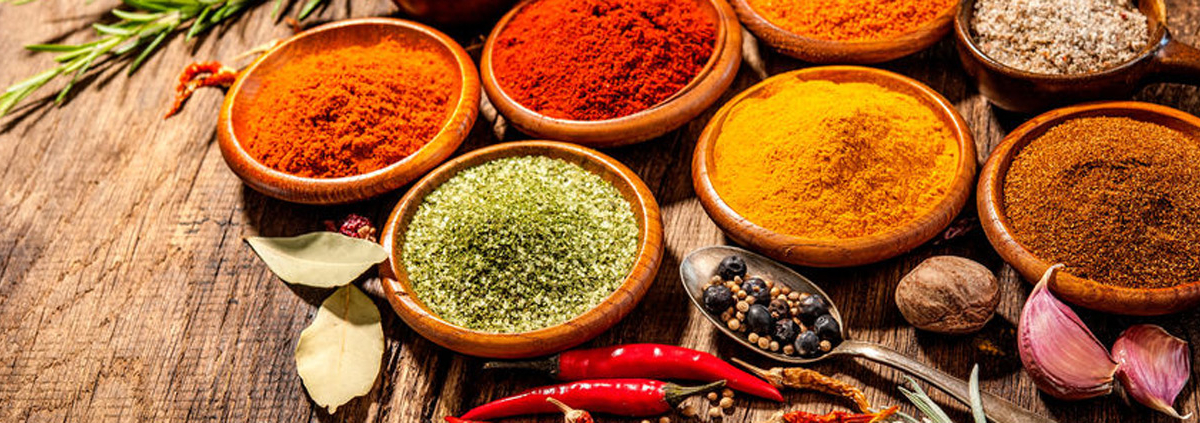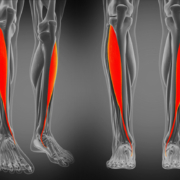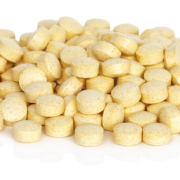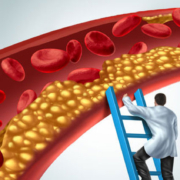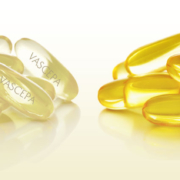Spice Up Your Life and Be Healthier
Before I get into this memo any further, keep in mind there were only 12 subjects in this study, and we don’t change our recommendations for an entire society based on a limited numbers of subjects. We just have to recognize that this is a preliminary study. Second, because they examined a large number of variables, the probability of getting a false positive increases.
As long as we keep those in mind, the results were really surprising. Adding spices to a high-fat, high-carbohydrate meal reduced the inflammation caused by that meal. While coconut curry chicken might not be your preference, I’d wager you’ve eaten a bacon cheeseburger with fries and a soft drink at some point. That can easily add up to a similar profile of a high-fat, high-carbohydrate meal. So let’s take a look at the spices.
The Spices
The spice blend included the following spices, but not all dishes contained all the spices. For example, the turmeric was used in the chicken dish while the cinnamon was used in the biscuit:
Turmeric
Ginger
Cinnamon
Oregano
Parsley
Basil
Coriander
Cumin
Red pepper
Rosemary
Black pepper
Bay leaf
Thyme
This is not a magic blend by any means, but each of these spices and herbs have different phytonutrient blends. The magic comes from those phytonutrients. Recall the image of the various sizes of measuring spoons. A teaspoon is 5 grams, a half teaspoon is 2.5 grams, and an eighth of a teaspoon is 0.625 grams. That illustrates how little of a spice you need per serving. Keep that in mind if you decide to spice up your meals.
What we don’t know is whether there’s any interaction between those spices and herbs that would impact the inflammatory hormones. We know that turmeric and ginger have been studied extensively. The researchers recommended testing each spice individually.
Two Observations
There are probably dozens of factors that need to be examined, but two stand out in my mind. First, we’ll need to find out the impact of cooking on each of the different herbs and spices. Does heat destroy the phytonutrients or does it enhance them? We have a partial answer from this study because the spices were put into the dishes as they were being prepared and not added as a topping.
Second, if you take supplements with phytonutrient blends in them, it may be wise to take them either before or while you’re eating so the phytonutrients will be available to help during the digestive process. I’ve always recommended taking your supplements whenever you can remember to take them, and I still stand by that because consistency is more important than timing. But if you can increase the potential benefits by taking them with meals, that’s a good idea.
The Bottom Line
The reason that I loved this approach to research is because it was practical. By that I mean, instead of assessing only one food or a specific group of foods, this study looked at what we would consider “bad foods” together with herbs and spices that are full of phytonutrients to see how they work together.
If you think about it, if saturated fat and refined carbohydrate were as bad as they’re thought to be for the risk of CVD or type 2 diabetes, those diseases would take effect much faster. But perhaps, cake with dark chocolate frosting or French fries with ketchup work with their phytonutrients to somewhat neutralize the bad effect of the food by itself. It doesn’t mean that we don’t bear responsibility; we should still eat as healthy as we can. But perhaps if we choose wisely, we may be able to enjoy some of the food that are perceived as not as healthy if we can spice them just right.
What are you prepared to do today?
Dr. Chet
Reference: J Nutr 2020;150:1600–1609.

